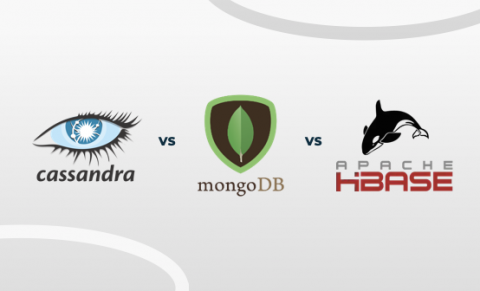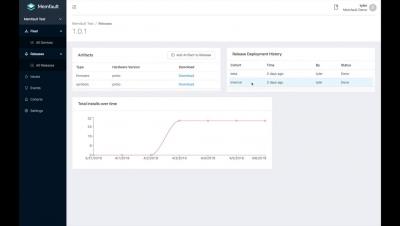Cassandra vs. MongoDB vs. Hbase: A Comparison of NoSQL Databases
Unlike traditional SQL databases, NoSQL databases, or “non-SQL” databases, do not store their data in tabular relations. Originally designed for modern web-scale databases, they have found widespread use in present-day big data and real-time web applications. Some of the most commonly used data structures include key-value, wide column, graph, and document stores.











